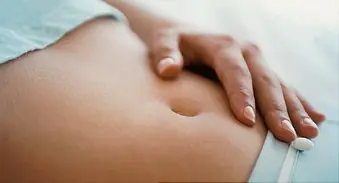Get to the Bottom of Your Belly Button
Medically Reviewed by Jennifer Robinson, MD on August 23, 2022

Question 1/8
What percentage of people have outies?
- 10%
- 20%
- 30%
Question 2/8
Everyone has a belly button.
- True
- False
Question 3/8
You can turn your outie into an innie.
- True
- False
Question 4/8
The position of your belly button can make you a better athlete.
- True
- False
Question 5/8
It takes this long for a belly piercing to heal.
- 1 month
- 3 months
- Up to a year
Question 6/8
How many types of bacteria live in your belly button?
- 12
- 44
- 67
Question 7/8
What’s the best way to clean your navel?
- Soap and water
- Tweezers
- Candling
Question 8/8
Which one doesn’t add to the “lint trap”?
- Being overweight
- Wearing a worn T-shirt
- Using a top-load washer